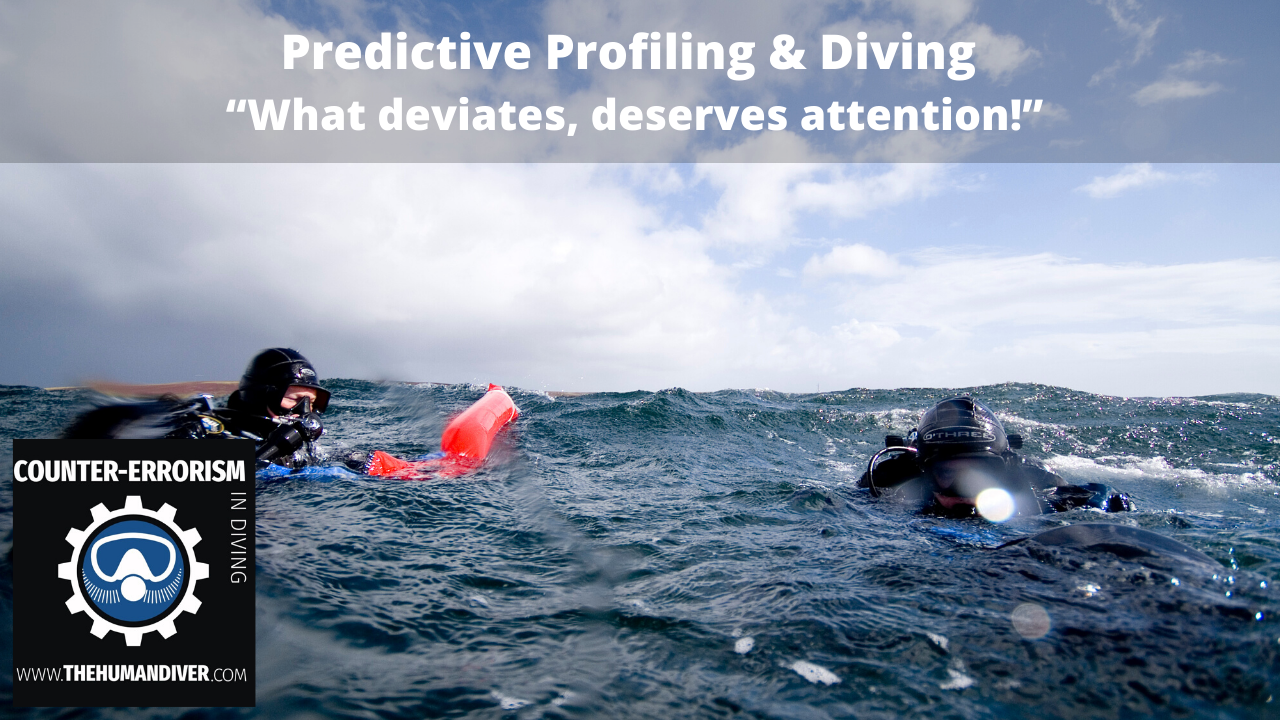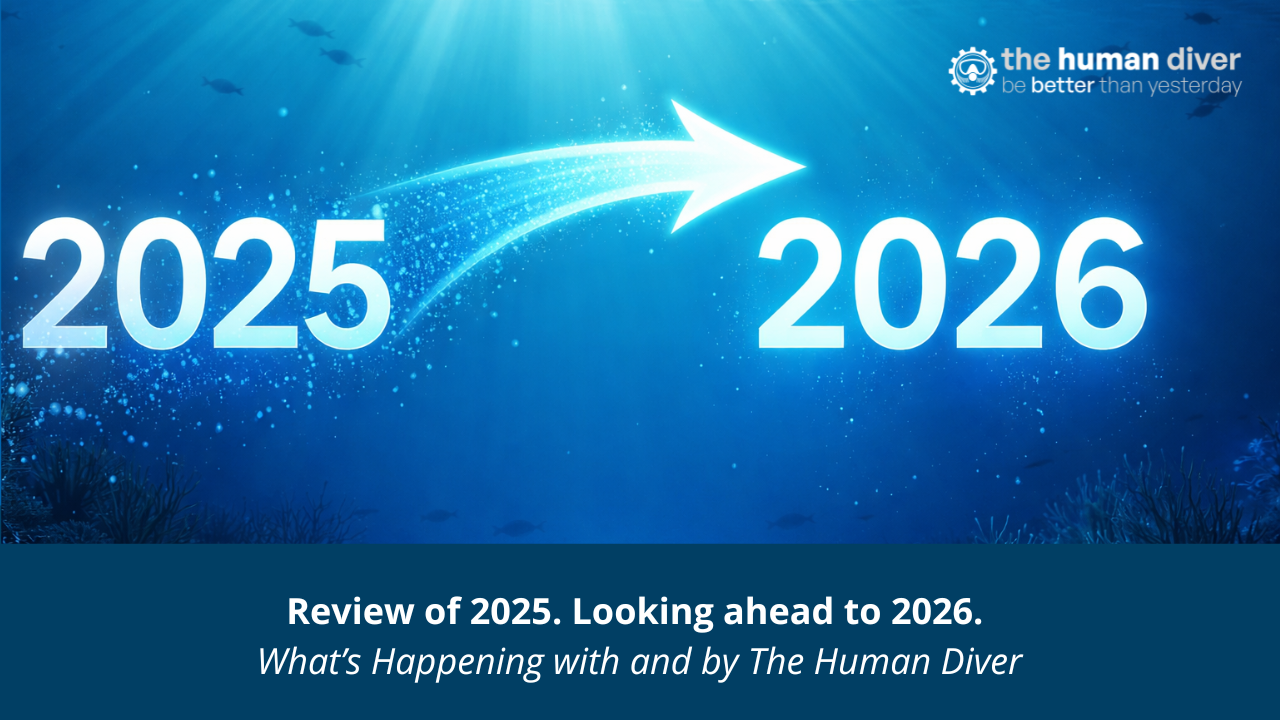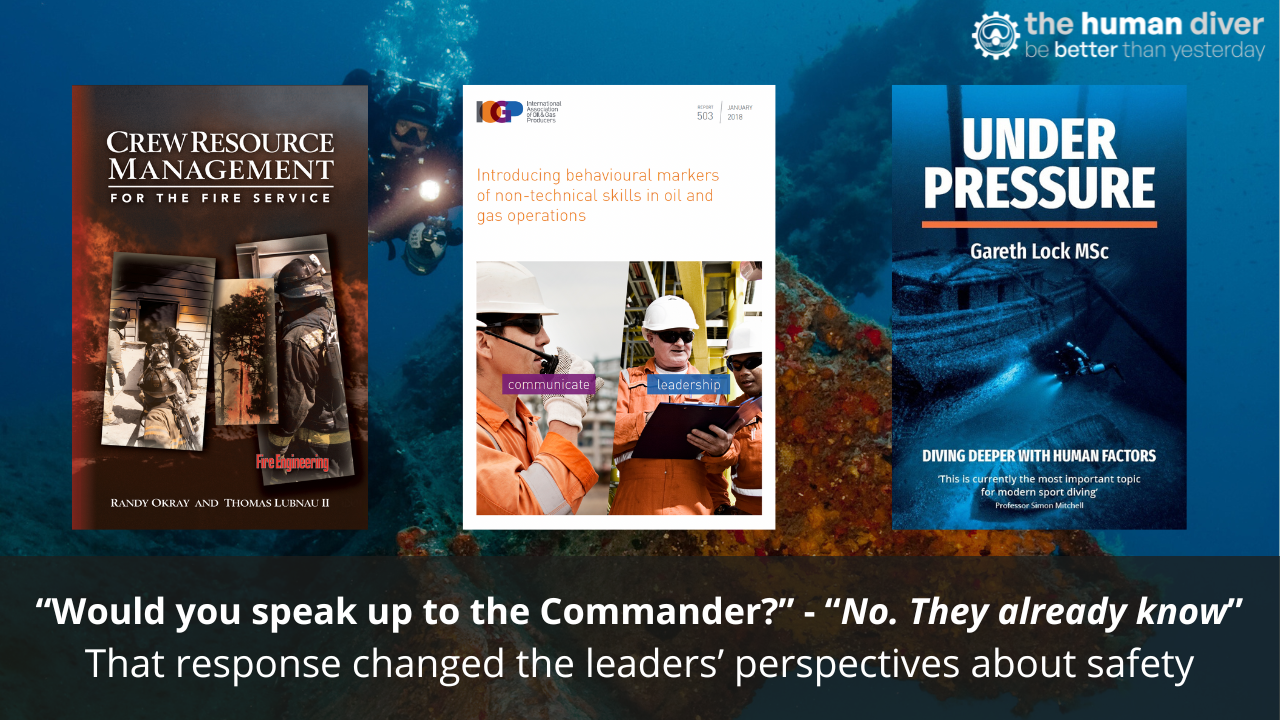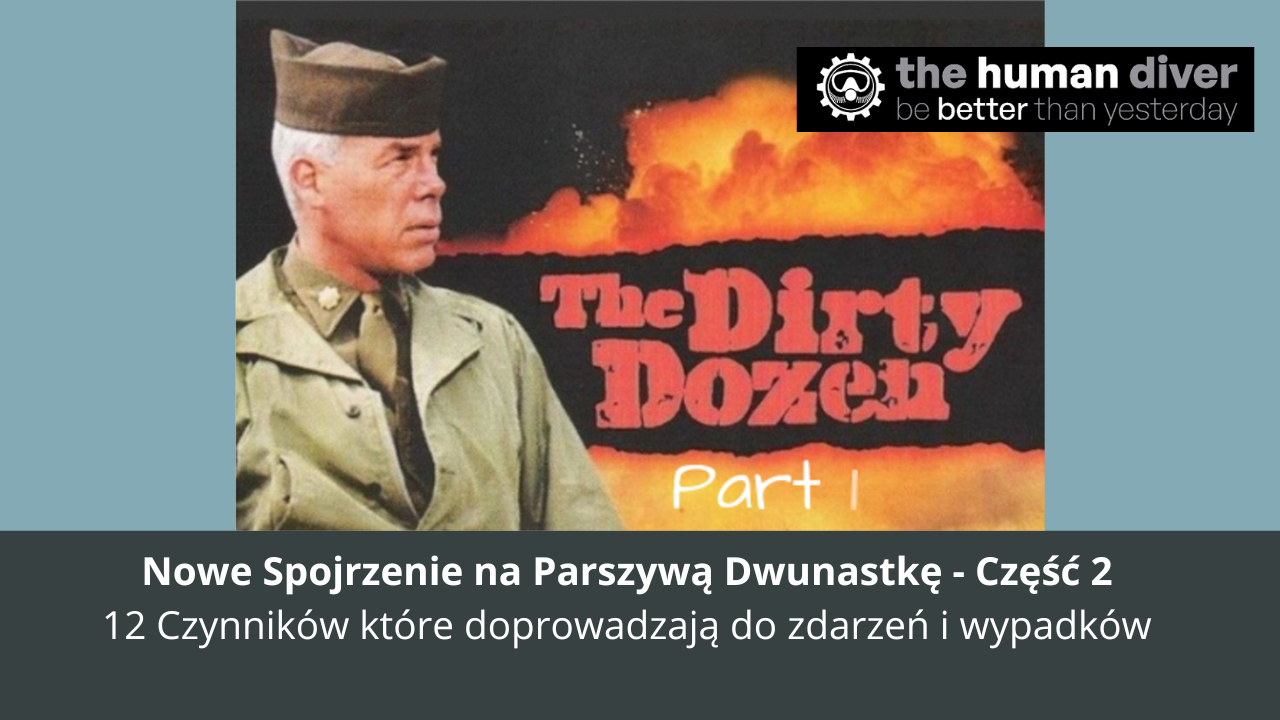
Predictive Profiling & diving: “what deviates, deserves attention!”
Apr 13, 2020On 30 May 1972 around 22:00 hours an Air France flight touched down at Lod Airport, now known as Ben Gurion International Airport, near Tel Aviv (Israel). Amongst the disembarking passengers were 3 Japanese tourists. Each of them carried a violin case and as soon as they entered the terminal building, they opened these cases. Instead of violins, they took out machine guns. They started shooting indiscriminately and also threw hand grenades as they changed magazines. Security was completely taken by surprise. The first attacker died when he was accidentally hit by one of his accomplices. The second one died when a hand grenade exploded (prematurely?). The third attacker was shot by security forces and captured alive.
How could this have happened?
This was seen as the start of the so-called Predictive Profiling. Until 20 May 1972 all terrorists, at least in the mind of the Israelis, were Arab. This meant the focus was on people who looked Arabic. Because this is what they thought terrorists looked like, obvious deviant behaviours and indicators were missed.
Why am I telling this story in a blog about diving?
In diving, it’s also the deviation of the norm that deserves our attention. We plan to do a dive, however basic we do this. And then we jump into the water. Maybe we’re lucky enough to have a buddy and maybe we would have discussed a few things with that buddy beforehand. But only too often this discussion is (too?) short.
During the dive, all sorts of things happen and most of it is expected. After all: we’ve planned this and maybe even tried to visualise the dive before we entered the water. From time to time something unexpected happens and we then have to respond.
- But first, we have to perceive it (this is a sensory response, so sight, sound, pressure, smell);
- Then we have to understand what this deviation means for us;
- And finally, we have to understand what sort of effect this deviation will have in the future.
In a nutshell, this is how Situational Awareness works. Guy Shockey recently wrote an excellent article about this for InDepth: ‘Situational Awareness and Decision Making in Diving’. Here’s a link to Guy’s blog
But how do you know that something is out of the ordinary, that it deviates?
The problem with the first step is that we only tend to perceive things if they are dangerous, interesting, pleasurable or important (DIPI). If the deviation doesn’t’ fall into one of those categories, then we’re not very likely to notice it. This is why it's important to learn things the right way. If you don't know what normal is, or how Gareth Lock calls it: "What does normal look like?", then it is quite possible you will not notice the deviation and you will be surprised by its unpleasant consequences.

Not just scuba diving instructors, but all divers really, should always try to be thorough. Just think about something as simple as a buddy check (or an S-drill for technical divers). Your instructor will tell you it's very important to always do this, only to skip the check themselves. In doing this, we set the wrong example and we create a false image of what "normal looks like". "Do as I say, not as I do" doesn't work, as many honest instructors will tell you.
Sooner or later things might go wrong because of adhering to the wrong kind of "normal". When we look at the accident afterwards, it's very easy to point fingers: "If only the divers had done this check, they would have noticed the valve hadn't been opened!" But, until this point, the diver had never jumped into the water with his valve closed and no one ever did a buddy check, because this was the norm. So how could this diver have known that what he or she was doing was actually a deviation of the norm? And in doing so was setting himself or herself up for possible failure?
In his book “The Field Guide to Understanding ‘Human Error’“ Sidney Dekker givers the example of a person inside a tunnel. This person comes to a junction and has to decide to either take a left or a right turn. The person can't see where the tunnel continues on to. One direction might lead to an accident happening, the other might not. When we look back at an accident, it is as if we are outside of the tunnel and looking at the whole thing from a distance. We can see all the turns and we can see where each turn leads to. We also have the benefit of knowing that certain choices lead to or contributed to the accident happening. What is quite often forgotten, is that the person inside the tunnel at the time didn't have the same information we now have. He or she didn't know where the different branches lead to and as Dekker writes: “If fit made sense for people to do what they did, then it may make sense for others as well.” So the trick is to put ourselves into their shoes and try to learn why they did what they did. Then maybe we will be able to help others (or ourselves) when faced with the same choices in the future.
Mental Models and how we make decisions when under limited time pressures
When we have to make a decision we dig into our memories and we try to find similarities with previous occasions. If we find a match, then we try to treat this new event the same as before. As the situation progresses we have to evaluate the changes and see if we are still on the right track. If not, then we have to change our approach. This is called Recognition Primed Decision Making and is explained by Gary Klein in his book ‘Sources of Power: How People Make Decisions’.

In this book, Gary Klein mentions the example of fire chiefs arriving at a house on fire. They only have one engine at their disposal and if they wait too long the fire will be too big for them to control. Less experienced fire chiefs would take a long time trying to figure out the best way to fight the fire. Sometimes they would take too long and the fire would be too big to control once they’d decided on a course of action. The experienced fire chiefs started fighting the fire almost straight away. They would then carefully watch how the fire reacted and then they might change their approach. It all depended on what they were seeing was matching what they had seen before.
Experienced divers behave pretty similarly. We will know the dive site, we’ll be familiar with the conditions and with our dive gear and we will have a “memory bank” to fall back on if the circumstances were to change.
A novice diver doesn’t have this yet. That is why it is important we are taught things the right way from the very start. Explaining why it is important to do things a certain way is a big part of that.
After learning new skills the diver goes out and gains experience. During their dives they will be faced with new experiences and some deviations. Hopefully, those deviations will not just be “sensed”, but because of prior training the divers will notice the deviations falling into one of the “DIPI categories” and they will act accordingly. This experience will be stored in their memories and will be available for reference in a future situation.
To sum it up, the message is:
- Know what is “normal” under the circumstances;
- If you notice a deviation, act on it;
- Evaluate your action and the effect of your action. If it’s not the result you were after, then go back to step 2.
But how can you be sure you’re not missing anything? Well, that may be a great topic for the next blog. But let’s start at the beginning: make sure you learn (new) skills the right way so your mental image of what is “normal” is correct. And what does “normal” look like in diving? As any diver will tell you, that all depends on who you ask.
===========================================================
Bart Den Ouden
Bart den Ouden became a diving professional in 2001 and has been teaching ever since. In 2006 he became an EFR Instructor Trainer, a TDI Instructor Trainer in 2007 and a PADI Course Director in March 2008. He is also allowed to offer Workplace Accredited Training, is a Diver Medical Technician and has earned degrees in teaching and training. Bart also works as a safety diver for the film industry and has worked on projects like “The Hitman’s Bodyguard”.
Bart is an Open and Closed Circuit Advanced Trimix Instructor Trainer with around 3,000 dives over 20 years of diving.
Want to learn more about this article or have questions? Contact us.











